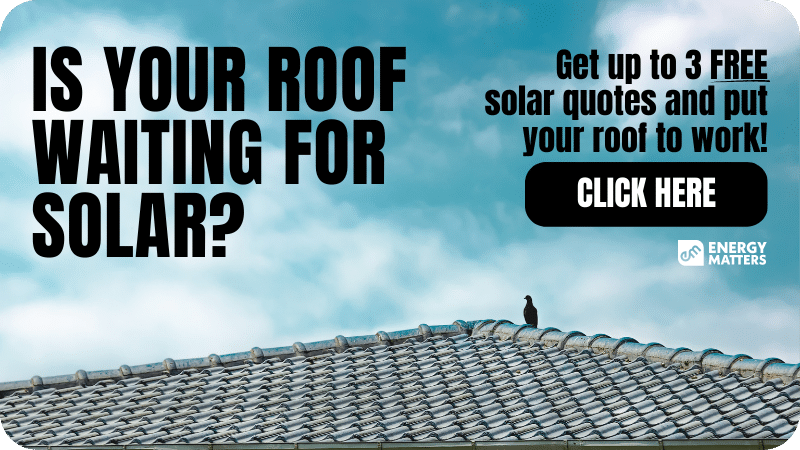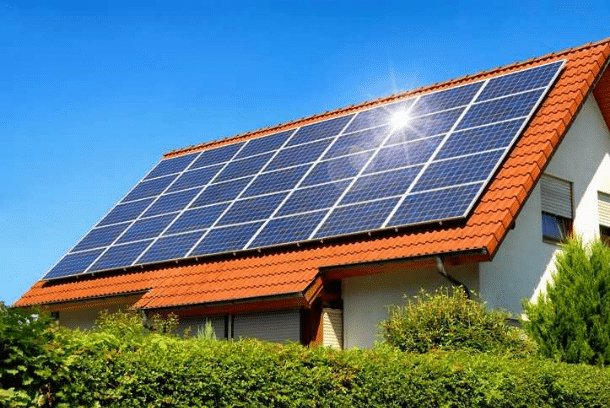In Australia, the cost of solar PV and batteries are becoming more affordable. This, combined with the rising price of residential electricity, has encouraged people to invest in solar PV systems with battery storage to reduce their electricity costs.
For several years now, the size of the average solar system for homes and businesses has been between 5 and 7 kW. It’s just the right size to produce energy for a home to run during the day and reduce energy bills enough to see a quick ROI.
You will still see many advertisements for solar systems around 6.6 kW, but is it better to get a bigger system now – perhaps 10kW? Will a larger system save you more money in the long run?

Bigger solar systems: Are they better in 2023?
Since 2012, bigger solar systems have halved in price. You will be surprised to know that smaller systems have dropped by only a quarter when it comes to price.
Larger solar systems have always received significant price drops compared to smaller systems because it’s easy for solar installers to add more panels. The current industry has become more familiar with bigger solar systems that are now more frequently installed.

Feed-in Tariffs (FiT) across many states have also increased. Hence, it makes more economic sense to go big now.
The changes to the FiTs are mainly because of the wholesale electricity prices in the eastern states that have doubled in 2022 to around 10c/kWh. It’s not too long until other states follow suit, which means homeowners and business owners may get rewarded with better FiT rates.
Electricity and gas bills have been on the rise for years, with no end or relief in sight. Our FREE Energy Bill Comparator can help you reduce your bills by finding a better plan from Australia’s leading energy retailers. All you will need is a current energy bill and you can be on your way to saving hundreds on your gas and electricity bills.
Some considerations
Adding extra solar panels to a system is relatively inexpensive, but most of the energy produced from these panels will be sent to the grid instead of used within the household. This will not see any significant savings from this as the excess sold to the grid will only receive a small sum due to the minimal FiT.
On the other hand, if the energy is used within the home, people can save money as the electricity from the grid usually costs between 20-45c per kWh.
It was discovered that the economic viability of a 5kW system has improved to the point where it now offers a similar or better return on investment than a 2kW system.

Payback time is an important factor in considering solar energy. It is the number of years it will take for the savings on your electric bill to cover the cost of the solar system. Generally, systems that have a payback time of 10 years or less are seen as desirable, as the savings will cover the cost before the system needs to be replaced. The average ROI timeframe for a solar system is between 3 and 4 years. How you use your system will determine how long the payback period will be.
Additionally, solar panels have performance warranties of 25 years or more, leading to even greater savings over time.
How big should you go?
Bigger is better today, but how big is too big? A key consideration is your roof space. You can have your roof assessed first to determine how much the space can accommodate and work from there.
Your budget is also important here, but don’t let it restrict you from getting the most out of your solar system. A bigger solar system will bring more significant savings in the long run.

Oversizing your solar system is one approach to increasing the size of your installation. For instance, you could install 6.6 kW of photovoltaic panels to a 5kW inverter, which would be considered a 5kW system due to its maximum power capacity. Typically, as system will be oversized by 33%.
Alternatively, you could upgrade your electricity supply to a three-phase system, typically accommodating a 15kW solar system, although this would come with additional costs and you will need ample roofspace to accomodate the numbner of panels required
The bottom line
Bigger is better for most households. A small system will limit your electricity production, thus limiting your potential savings. With a move toward electrification, and the surge of households purchasing electric vehicles, we are using more electricity than ever before and future-proofing your investment makes sense!
Our professional solar installers in Brisbane will assess and determine your energy needs. We customise a solar panel system in Brisbane to fit the roof size of your property, ensuring you receive the most suitable solar panel system for your Brisbane home, meeting to property’s energy requirements.
Energy Matters has a nationwide network of trusted local installers ready to provide you with up to 3 Free Solar Quotes. Complete our quick quiz and begin your solar journey today!













































